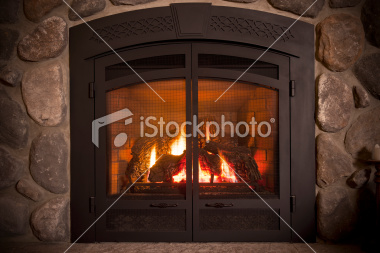LAWN CARE - 6 Great Reasons To Hire A Professional


Wisconsin summers are glorious, and short. For many people, summers are much too short.
In recent years, lawn services have gained favor because of two great benefits; the first is obvious, more free time when time is at a premium, and, the second is that with all of the things that can affect your lawn, a service is often your best bet to make it more enjoyable. Practicality also figures into the decision process. Many people travel for work and pleasure or have other obligations that make timely lawn care activity difficult, if not impossible. As with many things in life — timing is everything. If you think the time has arrived for you to enjoy your summer and your lawn AT THE SAME TIME, below is a list of six key lawn care areas that all contribute to a beautiful emerald lawn.
#1
SOIL
? One of the keys to lawn vitality is soil condition.
? Grass thrives in well drained, slightly acidic soil
? Testing your soil indicates if you need to increase the acid level by adding sulfur, or make it more neutral with lime.
? Be sure your soil registers at a PH level of 6.5 - 7.0
#2
THATCHING
? Thatch is a brown, spongy, organic layer of both living and dead grass roots and stems accumulating above the soil surface.
? The thatch layer should be no more than 1/2 inch.
? As the thatch layer thickens, it becomes the main rooting medium for the grass. (This predisposes the turf to drought stress or winter kill and increases the possibility for insect, disease and weed problems — Also, fertilizers and pesticides applied to a lawn with more thatch work less effectively)
? Grass clippings do not contribute to thatch accumulation and should be returned to the lawn during mowing to recycle the nutrients they contain.
#3
FERTILIZING
? The single most important thing you can do for your lawn is to provide it proper nutrition.
? Regular feeding builds thick, green turf that looks beautiful, healthy and is better able to withstand heat stress, takes less water to maintain, and fights off pests and other diseases.
? Nitrogen is the most important nutrient for lawn color and growth.
? Do not over fertilize. This can lead to thatch buildup and increased mowing needs.
? Avoid under fertilizing since this can contribute to unhealthy lawns leading to weed control, disease and lawn insect issues.
#4
AERATION
? Aeration removes plugs of thatch and soil 2–3 inches long and deposits them on the lawn. The cores can either be disposed of or left on the turf.
? Aeration helps improve the root area by relieving soil compaction while controlling thatch accumulation.
? Aeration improves water and air movement into the soil benefiting the rooting process and overall lawn health.
? Aeration can be done in the spring or fall when grass is actively growing.
#5
WEED & INSECT CONTROL
? It can be beneficial to apply a pre-emergent herbicide to control crab grass in the early spring and other herbicides to control broadleaf weeds (dandelions, thistle) in late spring.
? Spring dandelion control is not as effective as fall control but may help combat widespread dandelion problems.
? Grub control can be most effective July through September when the young grubs are feeding on grass roots.
#6
MOWING
? Mowing should begin when the grass height is three inches.
? Mowing to less than 2 inches can result in decreased drought and heat tolerance and higher incidence of insects, diseases and weeds.
? The lawn should be mowed often enough so that no more than 1/3 of the grass height is removed at any mowing.
? Grass clippings can be left on the lawn. Grass clippings decompose quickly and provide a source of recycled nutrients and organic matter for the lawn.






